A hotshot paid Italy to build the Exner cars Chrysler wouldn’t
Luxury cars have long been a way for the seriously wealthy to display some one-upmanship. In the 1960s, one of the most extravagant was the short-lived Ghia L6.4, just 26 of which were made.
The man behind the project was Eugene Casaroll, who was a successful businessman at the start of 1929, before everything came tumbling down in the Wall Street crash. In the early 1930s, Casaroll found himself working on a car assembly line for 15 cents an hour. While there, he noticed suited salesmen constantly turning up to collect freshly built cars, which they would then drive to showrooms.
Casaroll hit on the idea of creating a company that employed drivers who would deliver these new cars to dealerships. He called it Auto Shippers, Inc. The concept was such a hit that before long he had a fleet of 130 custom-built transporter trucks that could carry eight cars at once. When the U.S. joined WWII in 1941, Casaroll signed lucrative contracts to transport military vehicles, including tanks. The name of his later effort, Dual Motors Corporation, was a nod to a massive, twin-engine rig employed in such transport.
When WWII ended and the postwar new-car sales boom got underway, Casaroll was in the perfect position to keep making money, and that’s exactly what he did. By the early 1950s, Casaroll was sponsoring a team in the Indy 500. In 1954 came a turning point in car design: the Virgil Exner–designed Dodge Fire Arrow IV.
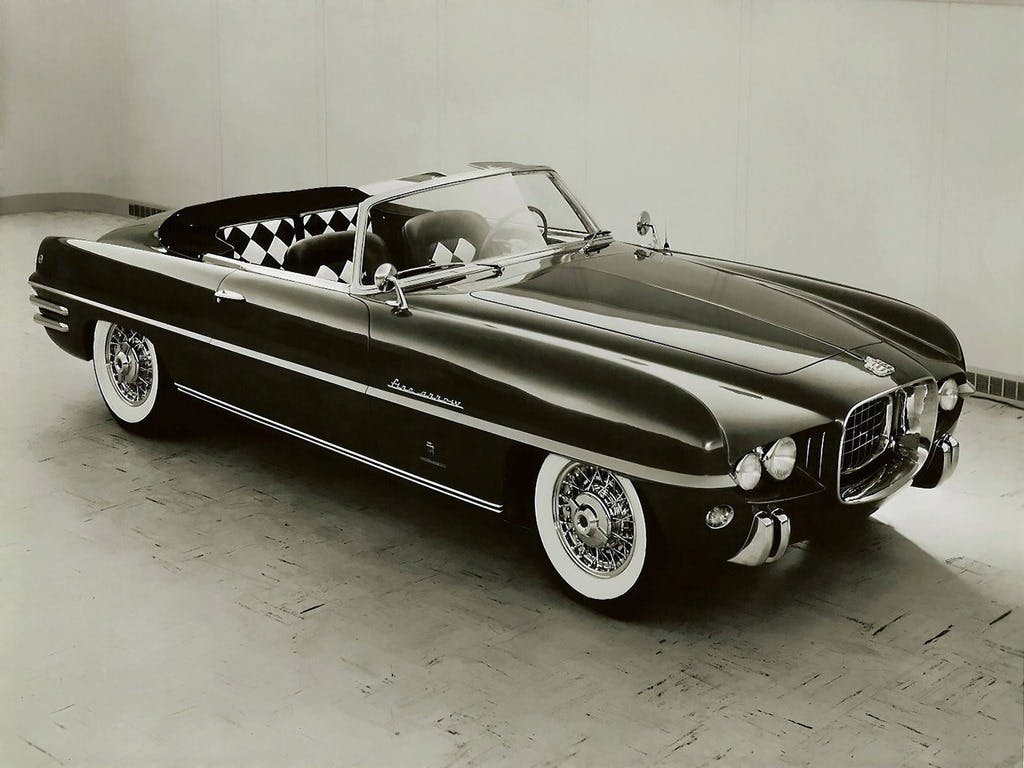
The Fire Arrow IV looked incredible, and the 1.9 million show-goers who saw it gave it a universal thumbs up. Many were desperate to own something similar, but, unfortunately, Chrysler gave the concept a thumbs down. Casaroll decided that he would move into car production and build something along the same lines. Through his transport business, he had an existing relationship with Chrysler, and he used his contacts to buy the rights to the Fire Arrow IV’s design.
In 1955, Casaroll struck a deal with Italian coachbuilder Ghia to design and build a road-ready Fire Arrow IV, and by 1957 the Dual-Ghia Convertible was on sale, priced from a massive $7646 (about $86,000/£60,000 today), or $1000 more than a Cadillac Eldorado Biarritz. But the V-8-powered Ghia soon became the luxury car of choice for the wealthiest film stars, with Frank Sinatra and Ronald Reagan each buying one of these drop-tops.
Despite the high price, 117 Dual-Ghias were made between 1956 and 1958. At this point, Casaroll’s health was failing and his business was starting to falter, so he asked Dual Motors’ vice president Paul Farago to come up with an all-new car. That would become the L6.4 coupé, launched at the 1960 Paris Salon. The styling had been finalized by Virgil Exner, and Ghia hand-built all the cars. Each was fitted with a Chrysler 383-cubic-inch V-8 rated at 335 hp, with power sent to the rear wheels via a three-speed TorqueFlite automatic transmission.
Though the prototype was badged Dual-Ghia, Casaroll ducked out of the project once it was launched, and all production cars were sold simply as the Ghia L6.4. If the Dual-Ghia Convertible had been out of reach for most, the L6.4 was even more so; its launch price was a hefty $12,000 ($126,000/£89,000 today), but that soon swelled to $13,500 when the production costs hit home.
The Dual-Ghia Convertible was essentially a rebodied Chrysler, complete with a carried-over chassis. In contrast, the L6.4 was pretty much bespoke, with a chassis constructed by Ghia, albeit with Chrysler windscreen and running gear, including torsion-bar front suspension. A full seven inches longer than the Convertible, the L6.4 had a 115-inch wheelbase and was a generous 17.5 feet long.
Frank Sinatra took delivery of the first Ghia L6.4 in 1961, and over the next two years another 25 examples were made. But despite the high price, the profits were wafer-thin, and in 1963 Farago and Ghia decided to call it a day. It was an easy decision to make, because both were already at work on Chrysler’s Turbine Car, which was more lucrative and a lot less hassle.
Of the 26 Ghia L6.4s made, it is reckoned that just 17 have survived, meaning a third of those produced have bitten the dust over the past six decades. Automotive sacrilege of the highest order, especially when you consider that values have remained commensurate with the 6.4’s craftsmanship and scarcity. Today, Hagerty values them anywhere from $160,000 to $450,000, though one sold last August in Monterey for $665,000 (£537,000). Our feature car, another over-achiever, sold in Monterey seven years ago by RM Sotheby’s for $577,500 (£466,000). Expensive luxury never looked so good.

***
Check out the Hagerty Media homepage so you don’t miss a single story, or better yet, bookmark it. To get our best stories delivered right to your inbox, subscribe to our newsletters.

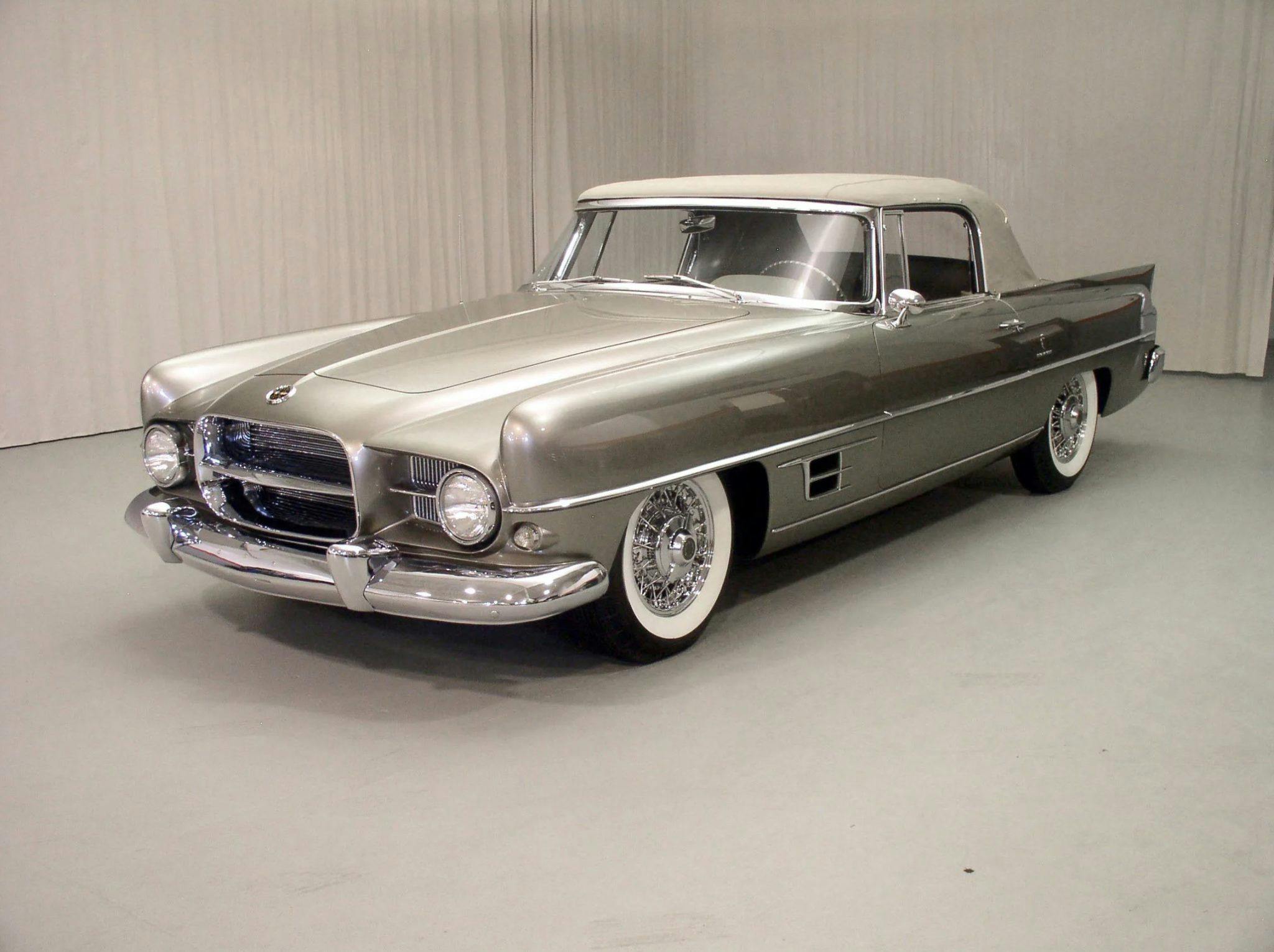
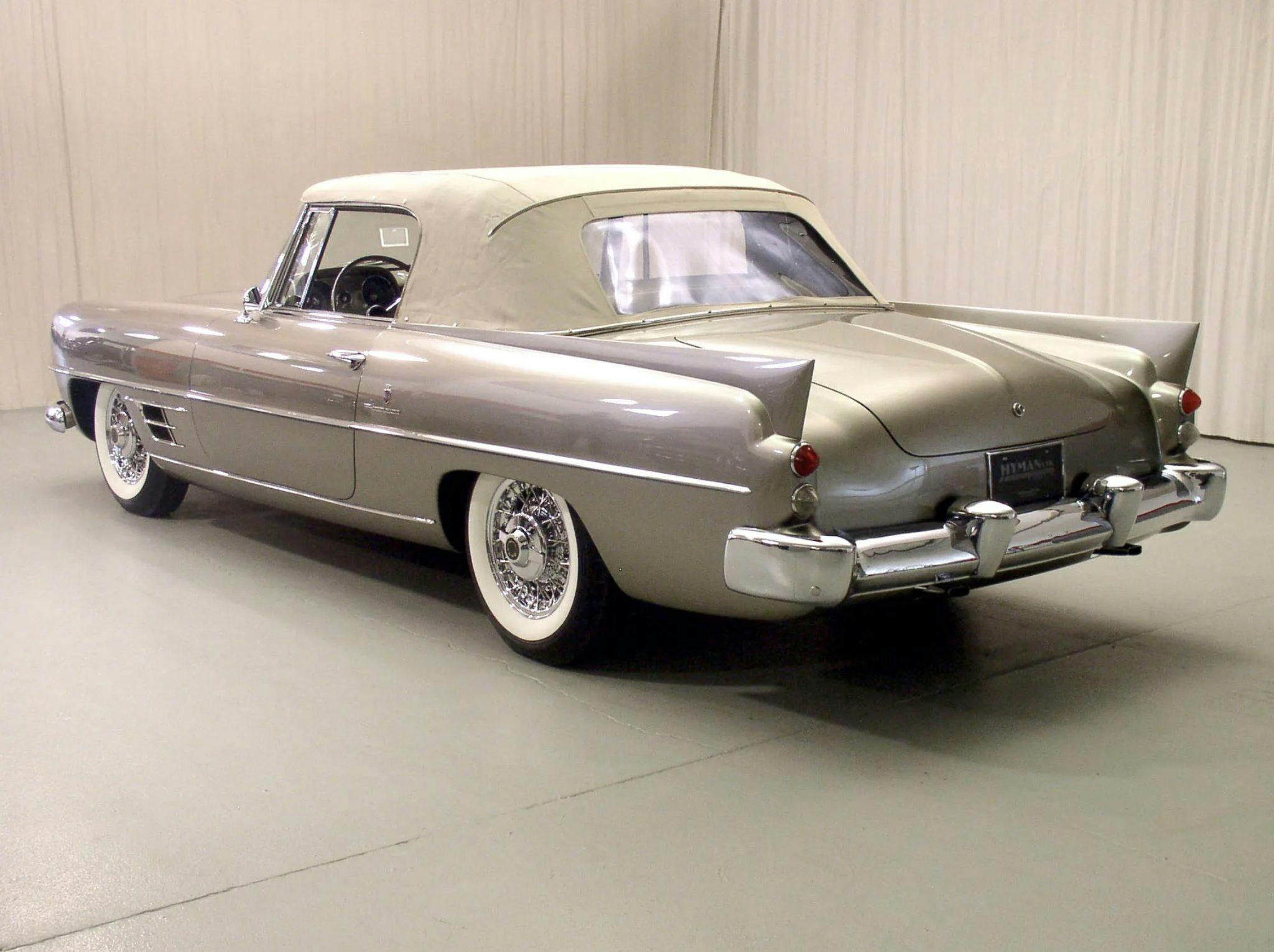
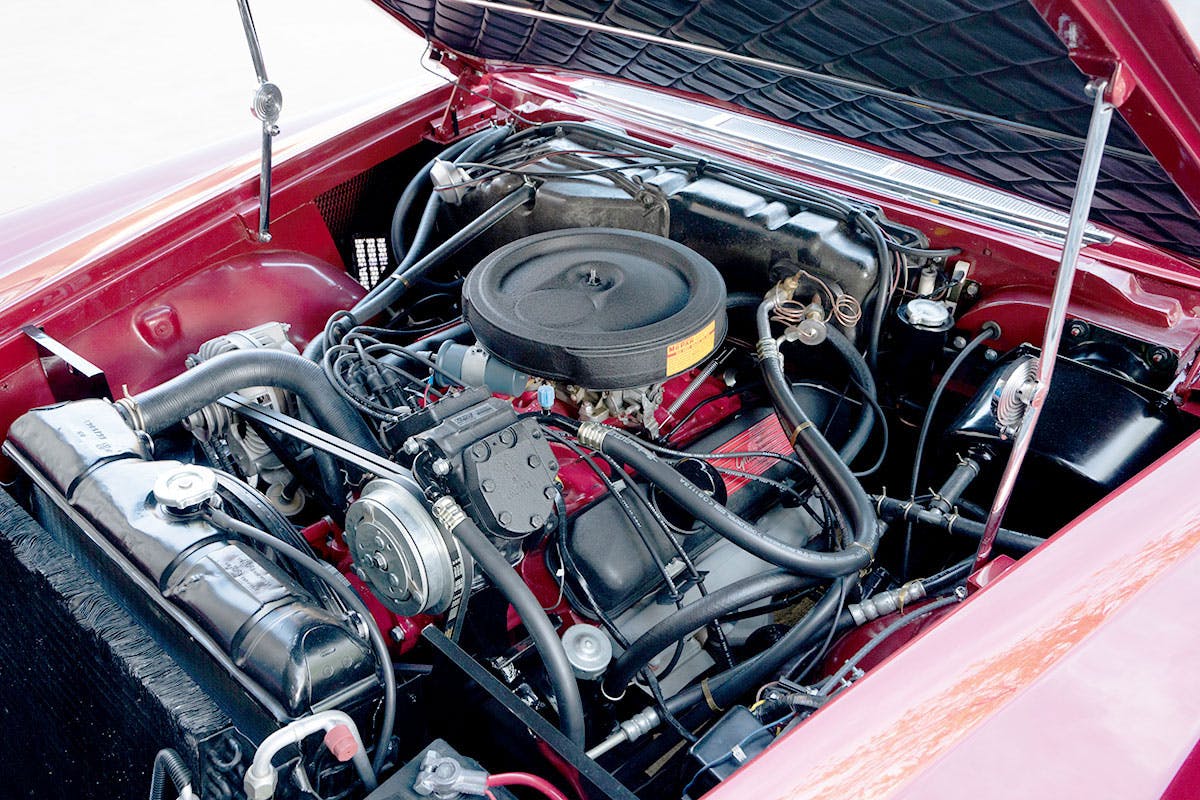

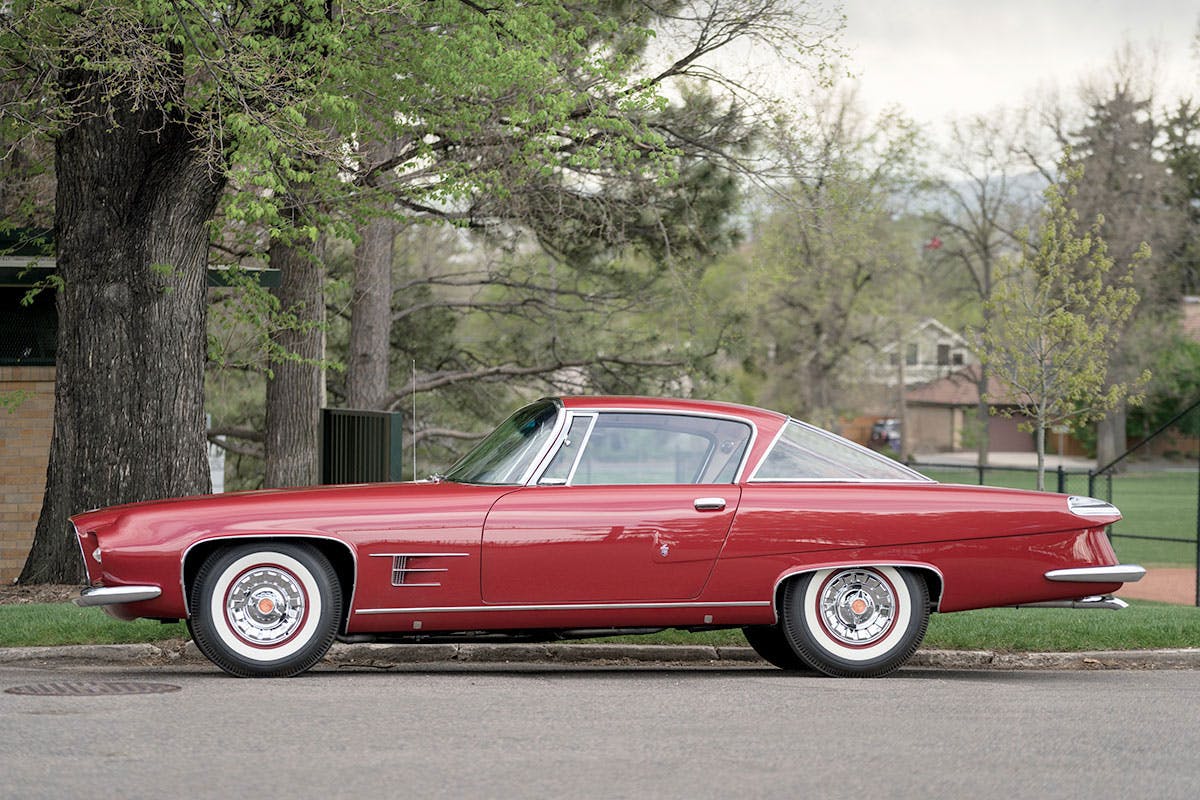
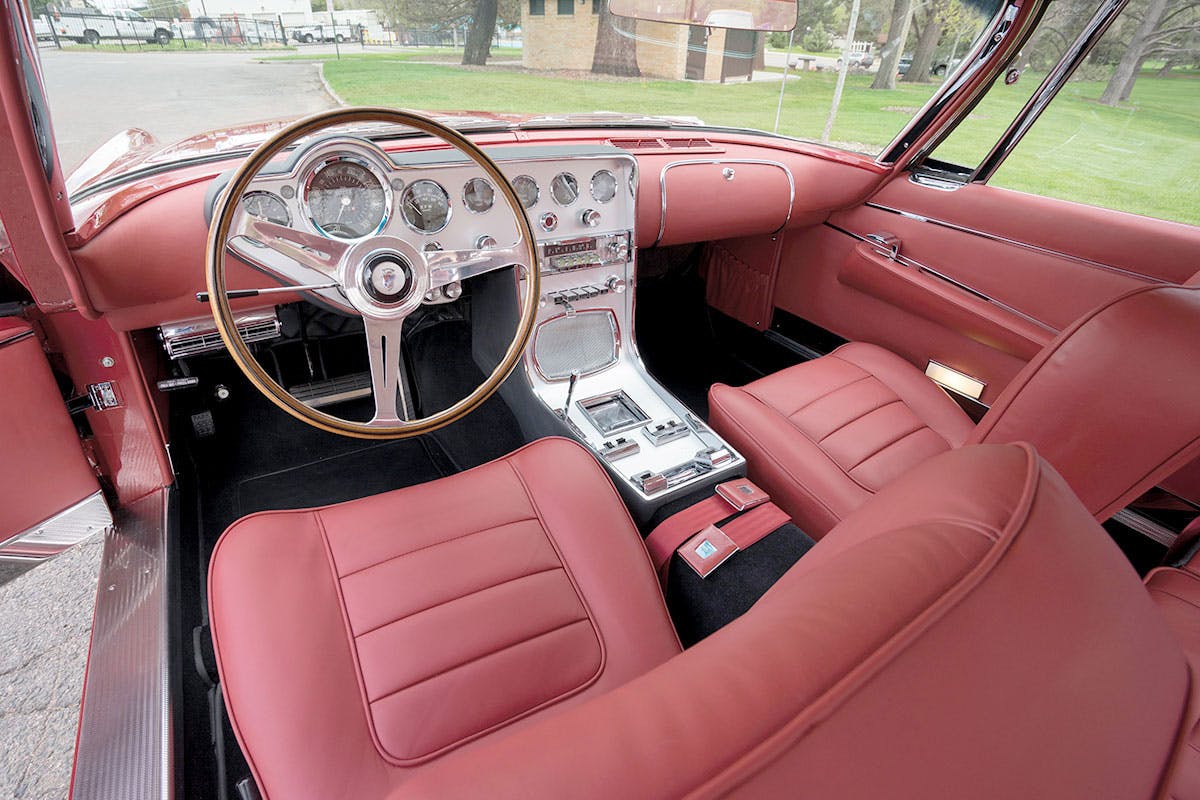

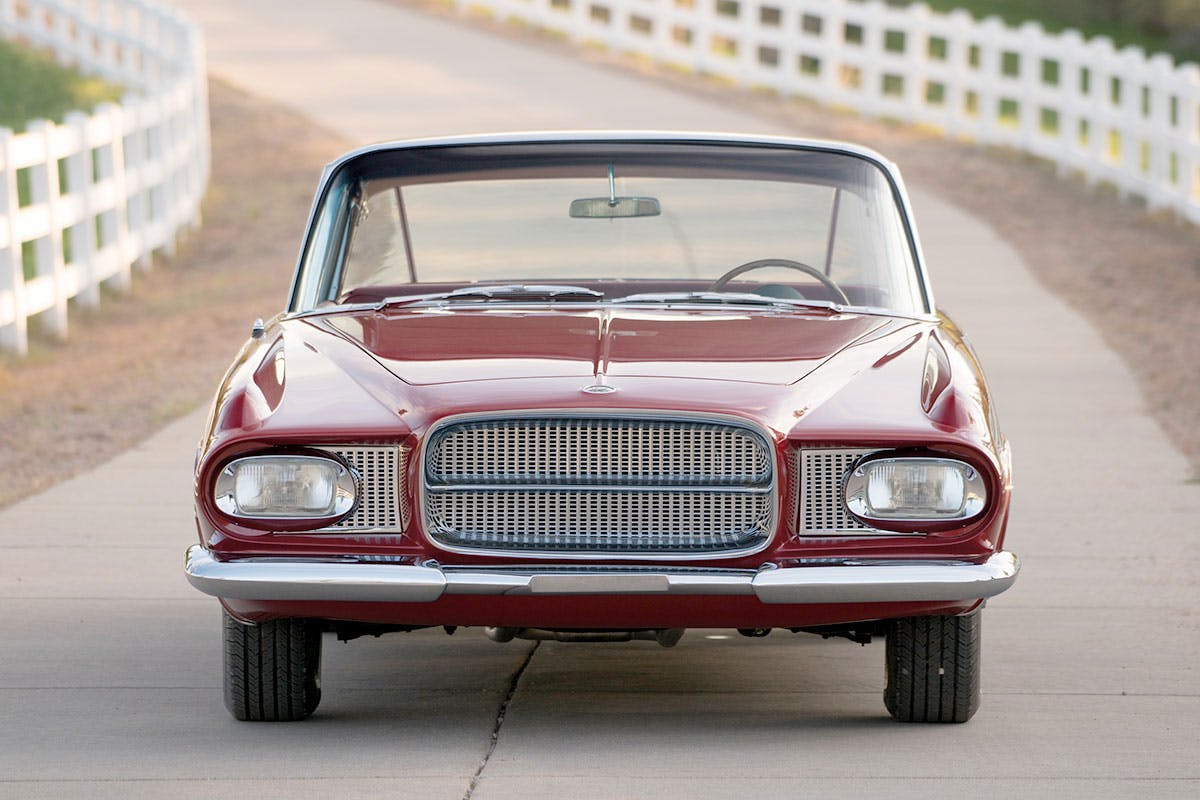
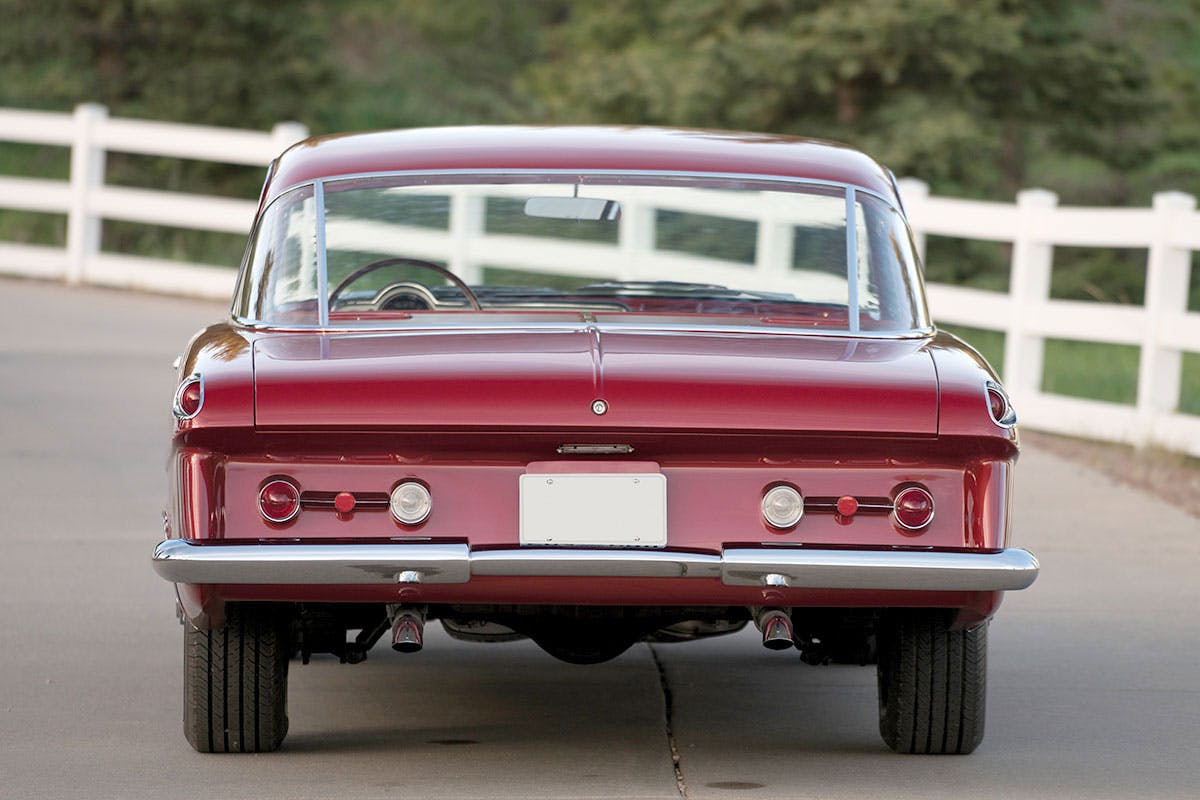



An absolutely stunning car!
I don’t think that the Country of Italy was paid to build it, though.
Nice cars and a true way to drive a prototype.
Might want to correct the GM Motorama part as they did not show Chryslers.
While not knowing myself, reading the “GM autorama” part struck me as very odd as well.
—-
I think this car looks great from the side. The front is adequate for the era, but a let-down to the side. The rear panel feels like 1950s American independent… so not high-end luxury. Picture the sunken rectangle in engine-turned aluminum (or whatever that great dash is done with) and I think that elevates it (blacking it out works too, but that isn’t a 1961 look).
You can build whatever you like now,and make gas or electric…old style is truly clas
sic
A beautiful car for sure. It seems, at times, designers are never able to get the rear of the car to match the front. The grill is stunning yet the rear is quite plain IMO. The tail lamp bezels look like they were lifted from a
59 or 60 Corvette. I do recognize Chrysler’s “Command Position” in the high seating and view over the hood. These were likely a hoot drive. I see A/C. frank would have needed that in Palm Springs.
I always wondered where the Dual-Ghia name came from. Thanks for this.
Nice car but the design lacks continuity. Looks like it was designed by 5 different guys that didn’t talk to each other.
Good way of putting it, Don. I agree. I also think it has some Studebaker look to it, as well.
Thanks for the back story on Dual Ghia. I’ve known the name many years, but never the background. It always fascinates me to read about individuals like Casaroll. Right place at the right time for sure, but he was apparently one of those rare folks able to see what’s possible and having the gumption (feel free to substitute other nouns here) to go for it and make it happen. That L6.4 is interesting from the front, gorgeous from the sides, but strangely dull and uninspired from the rear. Maybe it translates better in person. Oh well, still a beautiful car. I can see why it the mega-stars of the day snagged them.
Familiar here in the UK – Corgi Toys made a very good toy version. I had one in blue. Retailed at less than £1, so considerably more attainable than the full size version.
For certain, beautiful cars and largely a timeless design. Trivia sidebar: “The name of his later effort, Dual Motors Corporation, was a nod to a massive, twin-engine rig employed in such transport.” I can’t find documentation but Dual Motors Corp. MAY have been hauler that shipped B-24 wings from Willow Run to Ft. Worth, Texas to Consolidated where B-24s were also assembled. The COE hauler tractors used twin flathead Ford V8s each driving one of the two dual tired rear axles. The odd looking trucks pulled a very long trailer carrying two B-24 wings. The trucks ran 24/7 and were equipped with AC for driver comfort.
“Send picture of truck.”
Clearly quite a few of the readers are just as interested in the custom trucks as the custom cars!
So, “custom built transporter trucks that could carry eight cars”. Did Casaroll develop the modern car transport trailer? That is a big deal, considering the longevity of the system. I can’t find any reference to his connection to modern transporter trucks, any other info? Sorry for the geek response, but the system of ramps and hydros on those trailers is fascinating. Somebody deserves the credit.
To my eye, the the L6.4 coupe is beautiful. Sure a little dated, but it must have been revolutionary in 1960.
The prototype Fire Arrow IV is just OK. Not beautiful by today’s standards, but typical for cars of its era. But the production Dual Ghia convertible is just ghastly; those tacked-on tail fins don’t do the car any favors. I know – by the time this thing rolled out, ALL cars had to have tailfins, but these are obviously an afterthought that was grafted onto an early ’50’s design. I wonder if Virgil Exner signed off on this “update” to his original design.
It seems to have a little Studebaker styling in it. Or probably the other way around, a little of the styling made its way into a few Studebakers.
Guess where Exner came from?
That is a gorgeous car and screams late 50’s / early 60’s style
I wonder if Mr. Casaroll named any of his children Tuna.
Any pictures of the twin engine transport trucks?